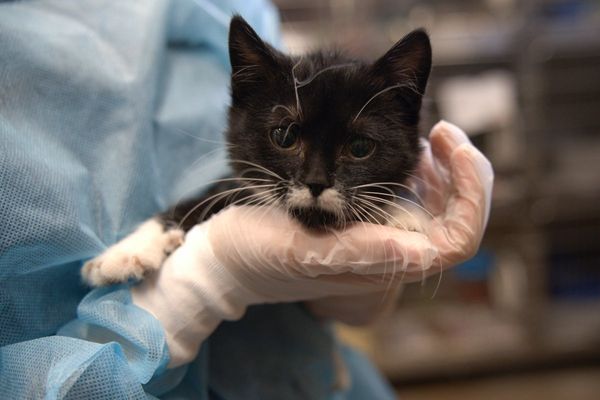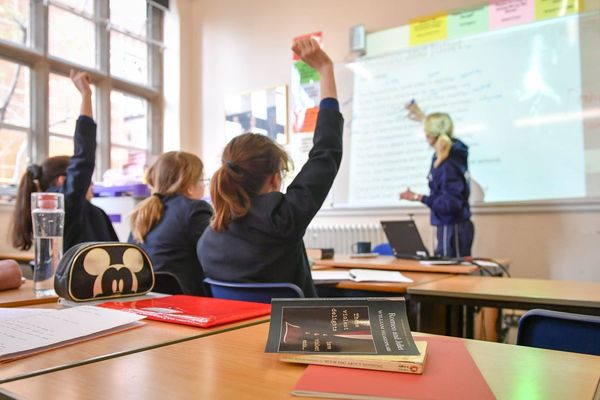
A number of airlines have, over the years, held the bragging rights for running the longest flight in the world.
While that title is currently claimed by the 19-hour Singapore Airlines (SINGY) 's flight between New York's JFK and Singapore's Changi Airport, Australia-based Qantas Airways (QUBSF) is getting ready to launch a 10,576-mile route between London's Heathrow Airport (LHR) and Australia's that will overtake it with just over 20 hours.
DON'T MISS: The World's Longest Flight Is a New Route: Here's Where It Goes
While the capitals of the United Kingdom and Australia have strong links due to the latter's status as a former colony, the enormous distance makes traveling between the two time-consuming and expensive.
While Costly, Suborbital Flights Could Seriously Slash Travel Time
As first reported by the Sunday Times, the UK Civil Aviation Authority (CAA) is currently looking at how suborbital flights could slash that time and be viable for the average traveler.
Currently used for space exploration by companies like Richard Branson's Virgin Galactic (SPCE) or Jeff Bezos' Blue Origin, suborbital spacecraft can start at 3,700 mph while commercial flights will typically cruise at 600 mph. A regular flight run at the suborbital level could, therefore, cut the travel time to presently unimaginable times.
"Commercial suborbital spaceflights are now available for tourism and scientific research, and are ultimately anticipated to mature into extremely fast point-to-point travel – e.g., London-Sydney in less than 2 hours," write the CAA researchers in a study published in the Aerospace Medicine and Human Performance journal.
The study tested 24 people aged 32 to 80 with no major health problems to see whether they could handle the gravity pressures of such high speeds by running them through a device that simulates a suborbital flight.
While some subjects found the tightness in their chest "unpleasant," there was nothing to suggest that travelers would need to be as fit as the astronauts currently going on space flights.
A 2 Hour Flight Between London And Sydney 'Definitely Not Science Fiction'
"Chronological age per se may be less critical in sub-orbital fitness-to-fly considerations than previously thought," the researchers concluded.
While the technology for such travel already exists, the biggest hurdle is the high cost of suborbital travel — a spot to explore space aboard Virgin Galactic currently runs upwards of $450,000 while the first space tourism flight reportedly cost Branson $841 million to run.
But as with most things, early prototypes will often start out being exclusively the plaything of the wealthy and later become more accessible as the technology develops and more investor money is poured in.
While suborbital flights are presently mainly looked at for their potential to advance space tourism and exploration due to the new exciting nature of this realm, the high speeds of travel will also likely make significant strides in speeding up regular flight times.
The question is whether this will be a "perk" that wealthy travelers can pay for to get to a city faster or if technology will advance to the point that most flying will take place at the suborbital level and make current travel times between faraway cities obsolete.
The chief medical lead for the study on suborbital travel, Dr. Ryan Anderton, concluded that suborbital flights are "definitely not science fiction" but something that could "certainly" become banal reality in "less than 10 years."
Get exclusive access to portfolio managers and their proven investing strategies with Real Money Pro. Get started now.







